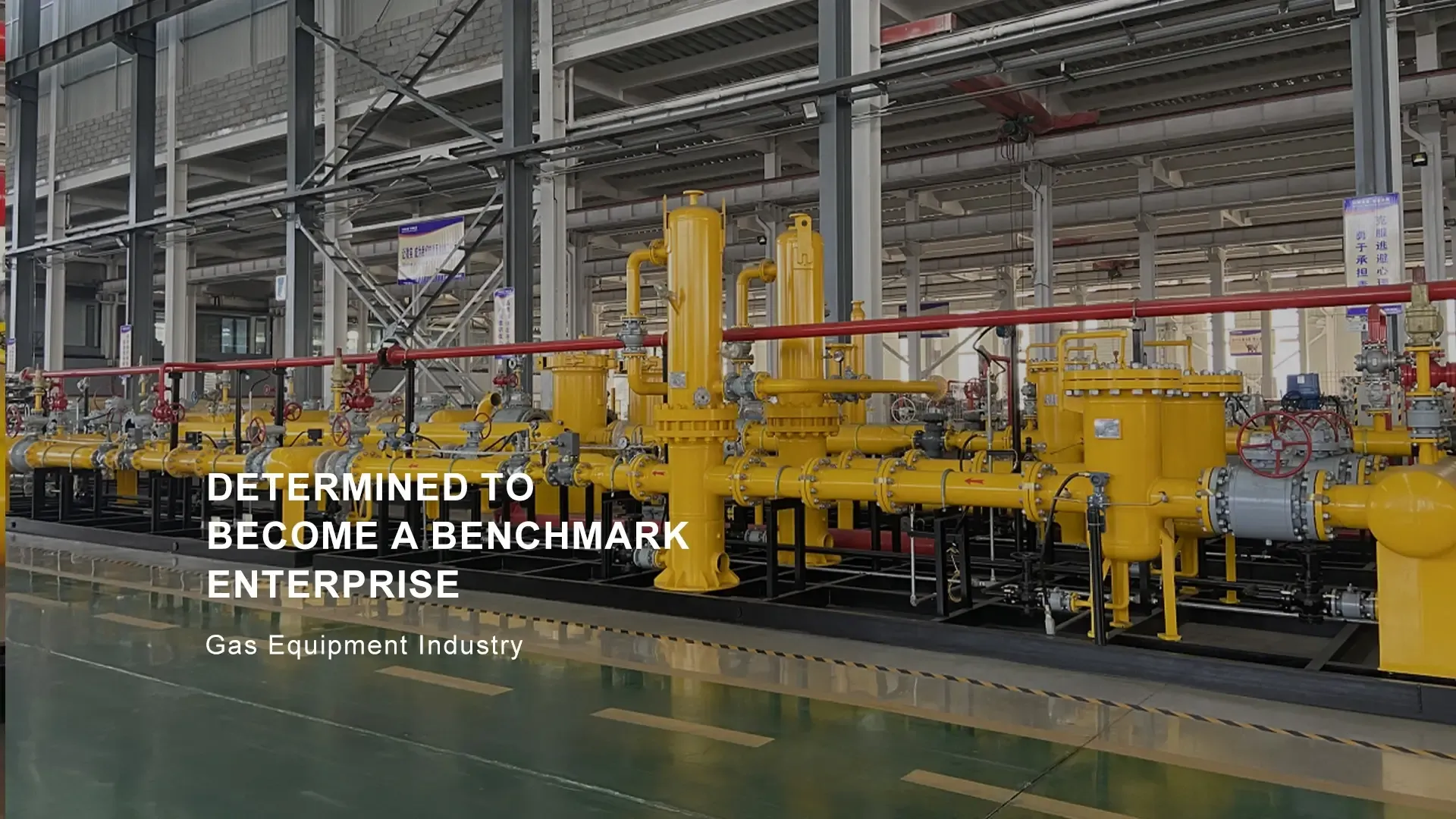
Sep . 21, 2024 12:23
Back to list
gasification equipment
Gasification Equipment Revolutionizing Energy Production
Gasification is a process that converts carbon-based materials, such as coal, biomass, or waste, into a synthetic gas (syngas) by applying heat, pressure, and controlled amounts of oxygen or steam. This technology plays a crucial role in modern energy production and waste management, providing a cleaner alternative to traditional combustion methods. At the heart of this process lies gasification equipment, which is designed to efficiently transform feedstock into usable energy.
Gasification equipment can vary in complexity and scale, catering to different industrial needs. The core components typically include a gasifier, a gas cleanup system, and an energy conversion unit. The gasifier is where the feedstock undergoes thermal decomposition into syngas. It operates at high temperatures, usually ranging from 700 to 1,200 degrees Celsius, and can utilize various feedstock types, including organic materials and plastics.
The efficiency of gasification equipment is largely determined by the design of the gasifier
. There are several types of gasifiers, such as fixed-bed, fluidized-bed, and entrained-flow gasifiers, each with its advantages and disadvantages. For instance, fixed-bed gasifiers are more suited for small-scale applications and are generally simpler in design, while fluidized-bed gasifiers are better suited for larger operations, offering higher efficiency and better feedstock flexibility.Once the syngas is produced, it often contains impurities such as tar, sulfur compounds, and particulates. Therefore, a gas cleanup system is essential. This system typically includes scrubbers, filters, and catalytic converters that clean the syngas to meet the quality requirements for further utilization. Clean syngas can be used in various applications, such as in gas engines, gas turbines, or even in chemical synthesis to produce fuels or other chemicals.
gasification equipment

In addition to producing energy, gasification equipment also contributes to waste management. Municipal solid waste can be converted into syngas, significantly reducing landfill usage and greenhouse gas emissions associated with waste decomposition. This aspect of gasification is particularly relevant in an era where sustainable waste management practices are critical for environmental conservation.
Another significant advantage of gasification is its ability to support energy independence. By converting local resources, such as agricultural waste or lignite, into energy, countries can reduce their reliance on imported fossil fuels. This decentralization of energy production not only enhances energy security but also stimulates local economies by creating jobs in biomass collection, transportation, and processing.
However, the deployment of gasification technology is not without challenges. High initial capital costs and the need for skilled labor to operate the equipment can pose barriers, especially for smaller facilities. Additionally, continuous advancements in technology are required to improve efficiency and reduce costs, making research and development a key focus area for the industry.
In conclusion, gasification equipment is a pivotal component in the transition towards sustainable energy solutions. By converting a wide range of carbon-based materials into clean syngas, it offers a versatile avenue for energy production, waste management, and economic development. As technology advances and becomes more accessible, gasification could play an increasingly important role in meeting the world’s energy needs, while simultaneously addressing environmental concerns.
Next:
Latest news
-
Safety Valve Spring-Loaded Design Overpressure ProtectionNewsJul.25,2025
-
Precision Voltage Regulator AC5 Accuracy Grade PerformanceNewsJul.25,2025
-
Natural Gas Pressure Regulating Skid Industrial Pipeline ApplicationsNewsJul.25,2025
-
Natural Gas Filter Stainless Steel Mesh Element DesignNewsJul.25,2025
-
Gas Pressure Regulator Valve Direct-Acting Spring-Loaded DesignNewsJul.25,2025
-
Decompression Equipment Multi-Stage Heat Exchange System DesignNewsJul.25,2025

